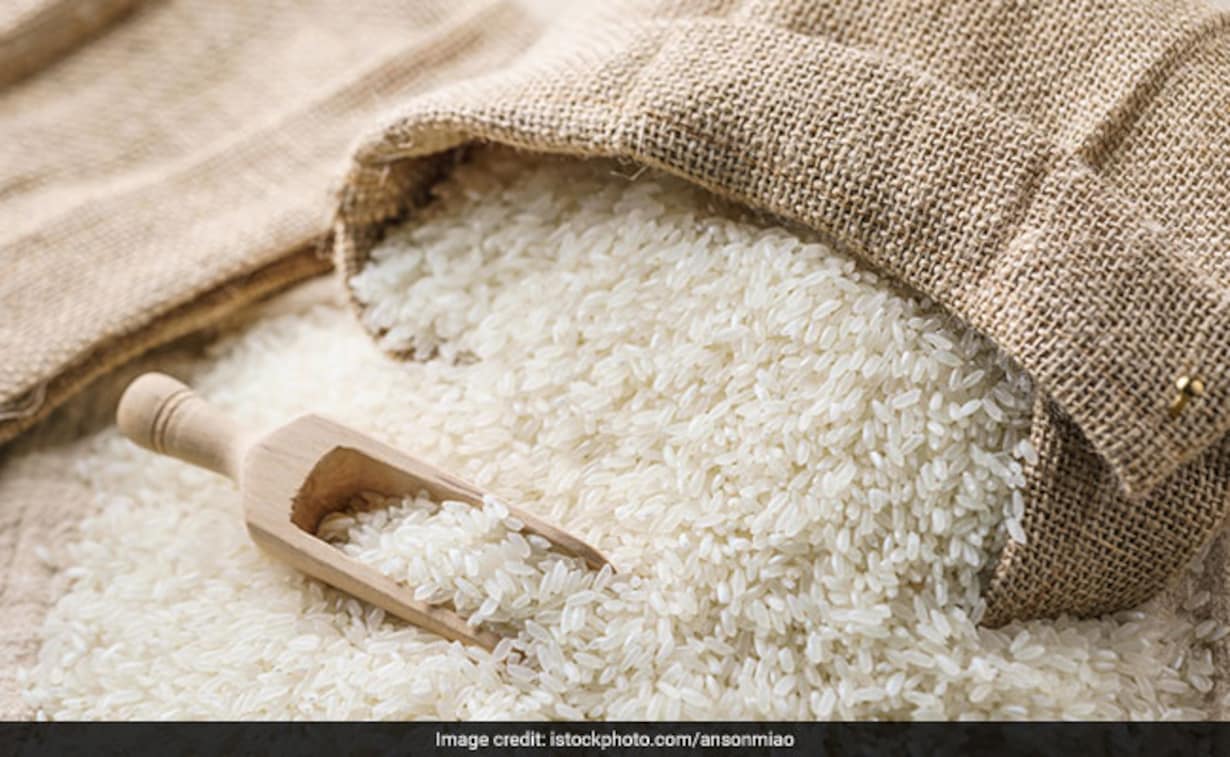
How many calories are you able to burn in just one hour of gym work? Bodyweight exercises such as squats, lunges, and sit-ups burn more calories than jogging or cycling. CrossFit, boxing, yoga and CrossFit burn more calories than running or going to a spin class. Learn more about the exercises that will help you lose weight quickly and to burn the most calories.
Cardiovascular exercise burns more calories that stair stepping
Did you also know that bodyweight exercises burn more calories per pound than stair stepping during a pound training session? This conclusion was based on research by Emily Trinh a freelance journalist who specializes is health and exercise. This is her explanation. You will learn how these simple exercises help you lose weight while being active and to burn calories.
A person weighing 150 pounds can burn 131 calories in 15 minutes while using a stair stepping machine. A person who is 155 lbs can burn approximately 470 calories in an hour. A person who is 185 lbs can burn approximately 900 calories every hour. 500 calories will be burned by a workout for every calorie you eat. Bodyweight exercises are also more effective for breaking a plateau, as they engage your muscles differently than running does.

CrossFit burns more calories than jogging
CrossFit has a higher calorie count, but it does have its disadvantages. One of these is the chance of injury, especially if exercises aren't done correctly. CrossFit classes are the best way to decrease your risk. For those who want to lose weight traditional strength training is the best option.
CrossFit exercises are rigorous, demanding, and often cause injury. They require a logical progression of exercises. However, intense training can produce results. But you may also be at risk for injuries and strains. If you're prone to injuries, you'll need to incorporate certain movements into your daily routine. These movements include walking, hunching and stretching. It may be difficult to maintain this kind of workout in a routine, but you'll reap the benefits in the long run.
Yoga is more caloric-dense than power yoga
Yoga tends burns fewer calories than traditional cardiovascular activities. However, people who exercise at least twice their body weight will expend more energy doing the same activity. Yoga may be able to help you lose weight. However, it is not always true that high-intensity activities burn less calories. The following chart displays the calories burned by yoga types. The numbers may surprise you. The following table compares calorie expenditure for yoga, power yoga, and traditional cardio.
According to a Fitness study, a 130-pound individual will burn 164 calories while participating in a 60-minute Hatha yoga or Ashtanga class. In the same time period, a 180-pound individual can burn 227 to 421, 713 or 713 calories. It's not clear whether power yoga is more effective for weight loss.

Boxing burns twice as many calories as spin classes
Boxing, unlike other high-impact activities, uses your whole body. This includes your arms and legs as well as your abdominal muscles. This workout is great because it's low-impact. It's also suitable for everyone. The class begins with a warmup, followed by a light stretch and instruction in safety. Boxing, which is a cardiovascular workout with a lot of fun, is a great alternative to spinning. It's also completely non-violent making it an excellent choice for people who are afraid of the gym or want to change up their boring routine.
Kickboxing, which burns up to 650 calories per hour, is another type of exercise that engages the entire body. A bench step class, on the other hand, uses sturdy plastic platforms to increase heart rate and burns up to 520 calories. A spin class, while low-impact and effective, still works the entire body. Kickboxing classes usually include a warm up and cardio.
FAQ
Why should you lose weight before reaching 40?
People over 40 should take care of their health and keep fit. It is essential to find ways to stay fit throughout one's life. This includes regular exercise, eating well, not smoking, and drinking moderate alcohol.
It is also important to understand that as we get older, our bodies change. Our bones begin to weaken and our muscle mass begins to shrink. The best way to slow down the aging process is to take care of ourselves.
Staying healthy and fit throughout your life is a great way to keep yourself young. These include:
-
Better sleep
-
Improved moods
-
Energy levels increase
-
Lower chance of developing cancer
-
A longer life
-
More independence
-
Better sex
-
Improved memory
-
Greater concentration
-
Greater circulation
-
Stronger immune system
-
Fewer aches & pains
What can I drink in the morning while intermittent fasting?
Water should be consumed first thing in the AM. This helps you feel fuller quicker and gives you energy for the rest of your day. You can add lemon juice or cucumber slices to enhance the flavor.
What foods are good for me to lose weight quickly?
Eating fewer calories can help you lose weight faster. There are two methods to accomplish this.
-
Reduce the amount of calories you consume daily.
-
Physical activity can help you to burn more calories.
Reducing the number of calories you eat is easier said than done. It's no surprise that we are constantly bombarded with high-calorie fast food options. Here are some foods that can help you lose those extra pounds.
-
Beans are rich in fiber and protein. They have almost no fat making them an excellent choice for dieters looking to reduce their caloric intake.
-
Oatmeal contains low calories and high amounts of nutrients like magnesium, potassium, and other nutrients. Plus, it contains less sugar than other cereals.
-
Eggs are full of cholesterol and protein. Consuming eggs at least once a week can increase your metabolism and help you burn more calories.
-
Whole grain bread can reduce hunger pangs, so you might feel fuller for longer.
-
Dark chocolate is high in antioxidants, flavonoids and other substances that have been linked with lower blood pressure and better heart health.
-
Cottage cheese is high-in calcium, which can help build strong bones. Cottage cheese also contains vitamin D, which can boost immunity.
-
Salmon is high in omega-3 fatty oils, which are good for brain development and heart health.
-
Green tea is full of catechins which are compounds that increase metabolism and fight cancer.
-
Broccoli, a rich source of folic acid, is great for lowering homocysteine levels. High homocysteine levels have been associated with an increased risk of stroke and heart disease.
-
Yogurt is an excellent way to include probiotics in your diet without adding sugars. Probiotics can help improve digestive health.
-
Berries are a tasty snack that is also nutritious. Blueberries (strawberries), blackberries; raspberries and cranberries all provide excellent sources of vitamins.
-
Avocados are bursting with healthy fats. A half avocado contains 80 calories and plenty of fiber.
-
Nuts are a delicious snack option and a great source protein. Nuts include cashews (almonds), hazelnuts (pecans), walnuts, walnuts, and pistachios.
-
Sweet potatoes are another starchy vegetables that are high in beta carotene. They make your skin glow. Because they have higher levels of beta carotene, the orange sweet potatoes are more beneficial than regular sweet potatoes.
Can I eat the fruits of my intermittent fasting diet?
You can't go wrong with fruits. They provide vitamins, minerals, fiber, antioxidants, and other nutrients. However, they contain sugar, which can cause blood glucose to rise. This can lead to insulin resistance and weight gain. You can lose weight by following an IF diet. Make sure to eat low glycemic fruits like apples, pears and berries.
How much weight can you lose in one week?
Your body fat percentage determines how much weight you are able to lose. It is important to first calculate how much weight you wish to lose. Then, determine your BMI. Your BMI (Body Mass Index) tells you how much weight should be lost to reach your goal. If your BMI is 25 or greater, you're overweight. If your BMI reads 30 or more, you are likely obese.
Your BMI is calculated at 28.7 if your weight is 200. To reach a healthy weight, you would need to lose 70 pounds. To see if you're overweight, visit www.healthyminds.com/bmi/.
Once you know your BMI, this formula will allow you to determine how many pounds per week you'll be able to lose.
(Your Goal Weight - Current Weight)/BMI * 7 Number Of Pounds Lost Per Week
You would need to do 2 weeks of exercise to lose 50 lbs in one month. This is equal to 56 days. Divide that by 7 pounds per week. This works out to 8.3 lbs per week.
You could also try this calculator from www.weightlosscalculator.net. It gives you a rough estimate of how many calories you should eat daily to lose 1 pound per week.
Can intermittent fasting interfere with my sleep?
Yes, intermittent fasting does affect your sleep. If you skip meals, your hunger hormones will increase. You might wake up every night as a result.
This is why most experts recommend skipping breakfast. Instead, experts suggest eating a light snack just before bed.
You can still eat a small meal if you feel hungry after the snack.
However, you should not overeat. You'll gain weight, not lose it.
Statistics
- A 12-week study in 20 women with obesity found that walking for 50–70 minutes 3 times per week reduced body fat and waist circumference by an average of 1.5% and 1.1 inches (2.8 cm), respectively (healthline.com)
- One study in 9 active men found that HIIT burned 25–30% more calories per minute than other types of exercises, including weight training, cycling, and running on a treadmill (18Trusted Source (healthline.com)
- One 6-month study showed that simply doing 11 minutes of strength-based exercises 3 times per week resulted in a 7.4% increase in metabolic rate, on average. (healthline.com)
- It's estimated that half of all American adults attempt to lose weight every year (1Trusted (healthline.com)
External Links
How To
How to Intermittent Fasting
Intermittent fasting refers to a diet where you only eat one day per semaine, typically Monday through Friday. This is a way to cut down on calories while still getting enough nutrition. This is believed to help you burn more fat than if your meals were regular throughout the week.
The most popular form of IF is to limit calories to certain days. This would be a way to skip breakfast and eat whatever you want throughout the day. You can also opt to eat three small meals a day instead of two large.
You can choose from many different types of intermittent fasting such as alternate day fasting (alternative day fasting), 5/2 fasts (8/4 fasts), 16/8 fasts, and so on. Each type of intermittent fasting has its pros and cons. Because you don't need to make major lifestyle changes, alternate day fasting can be the easiest way to get started. But, there are some people who find it hard to follow such a strict schedule. These people might prefer to try different methods.
Alternate-day fasting is a good option if you are looking to begin an intermittent fasting program. This will allow your lifestyle to be gradually altered while you transition into more extreme fasting.